Ruins of the Titan: Titan Game Studio’s Upcoming RPG
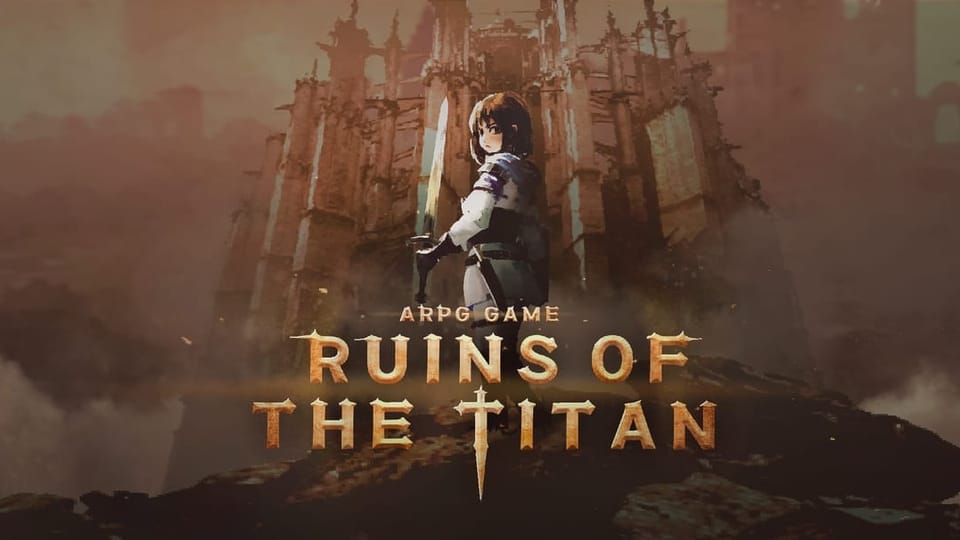
When I first booted up Ruins of the Titan during its recent September playtest, I wasn’t expecting much. Looks like just another side-scrolling RPG trying to find its footing in a crowded genre. But a few hours later, I found myself fully immersed in its fluid combat, tight controls, and surprisingly deep skill system.
Developed by Titan Game Studio, this upcoming title is slated for release in the first half of 2026, and if this early build is anything to go by, it’s shaping up to be one of the more exciting Metroidvania releases on the horizon.
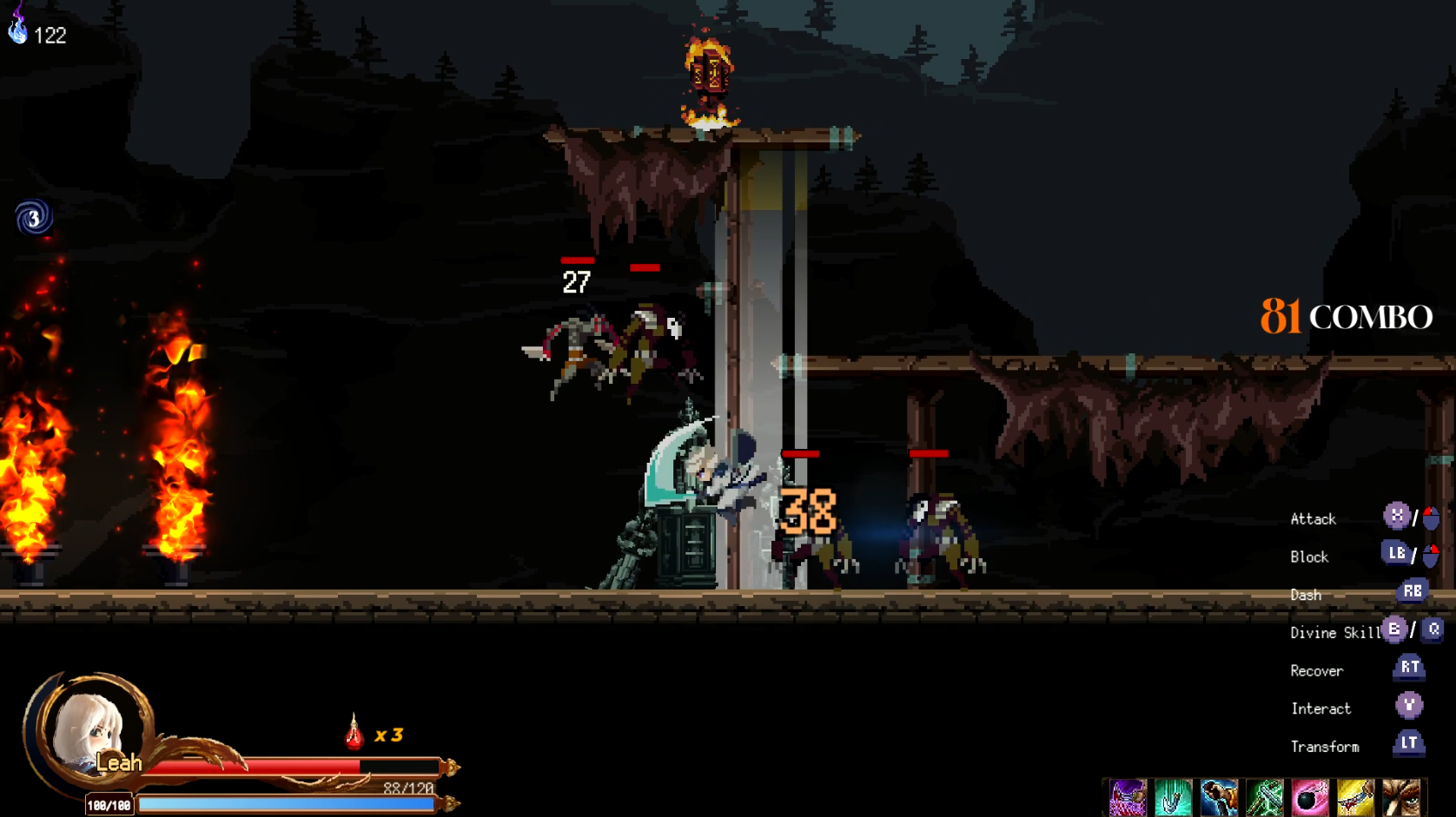
First Impressions: What Is Ruins of the Titan?
At its core, Ruins of the Titan is a side-scrolling action RPG with clear Metroidvania influences: exploration-driven level design, skill-based progression, and boss fights that demand patience and precision. Whether you’re using a keyboard or controller, the controls feel tight and responsive, which is crucial in this genre.
During the playtest, I spent several hours experimenting with both input setups, but the controller definitely offered the smoother experience. Every attack, dodge, and block felt natural, with a satisfying rhythm once you get used to chaining actions together.
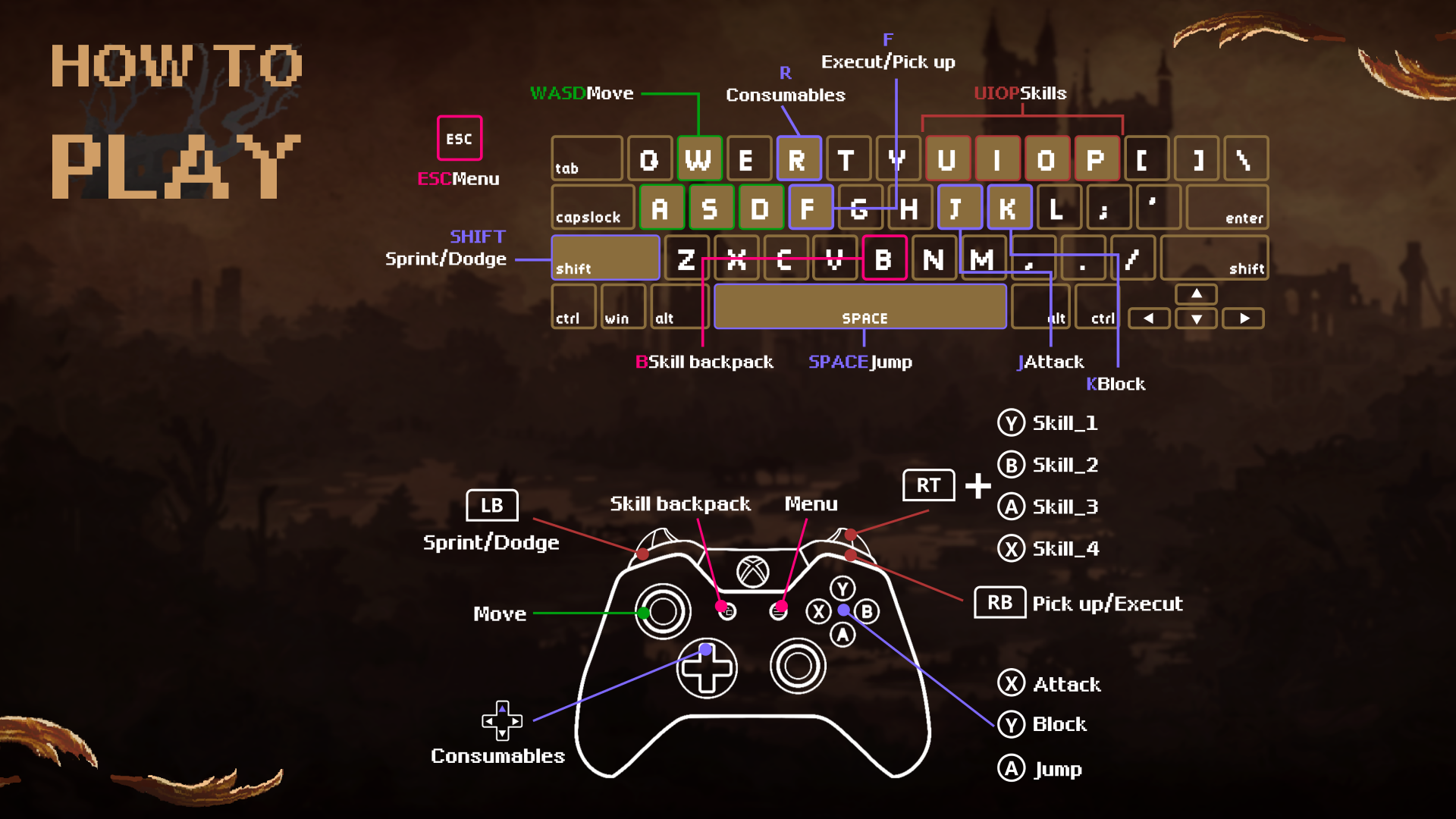
Combat That Feels Great to Play
The combat system is where Ruins of the Titan really shines. It’s built around simple but rewarding mechanics:
- Attack, Block, and Jump form your core moveset.
- Skills are executed by pressing the RT button (for controllers) alongside one of your core actions.
- Quick-time events (QTEs) occasionally pop up during battles, adding cinematic flair and rewarding timing.
The result? Combat feels fluid and satisfying, especially when you pull off well-timed parries or dodge through an enemy’s attack window. Every hit feels weighty, and the animations blend smoothly to create that all-important “flow state” feeling action games strive for.
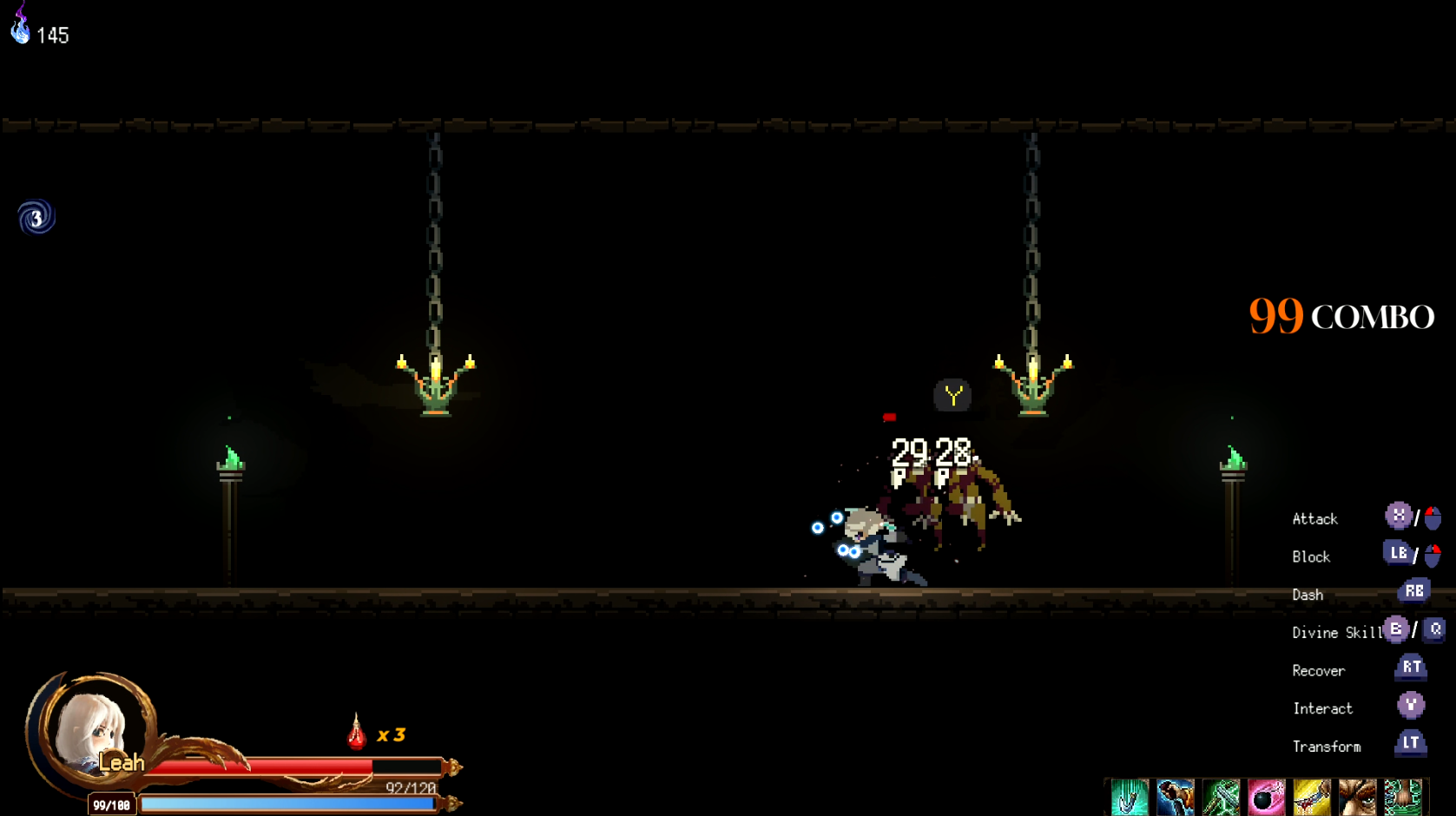
Exploration and Progression
Ruins of the Titan encourages exploration. Throughout your journey, you’ll encounter locked rooms that require you to defeat waves of enemies before proceeding. It’s a clever way to keep the pace dynamic, especially for players who love speedrunning.
Treasure chests are scattered throughout the world, and each one holds potential new skills. However, there’s a twist: you can’t carry them all. You’ll need to manage your skill inventory by dropping old ones if your list is full. This introduces an element of strategy. Do you hold onto a reliable combo or gamble on a flashy new ability that might change your playstyle?
The better your skills, the more flashy and powerful your combos become. It’s an addicting loop of testing, tweaking, and mastering your combat toolkit.
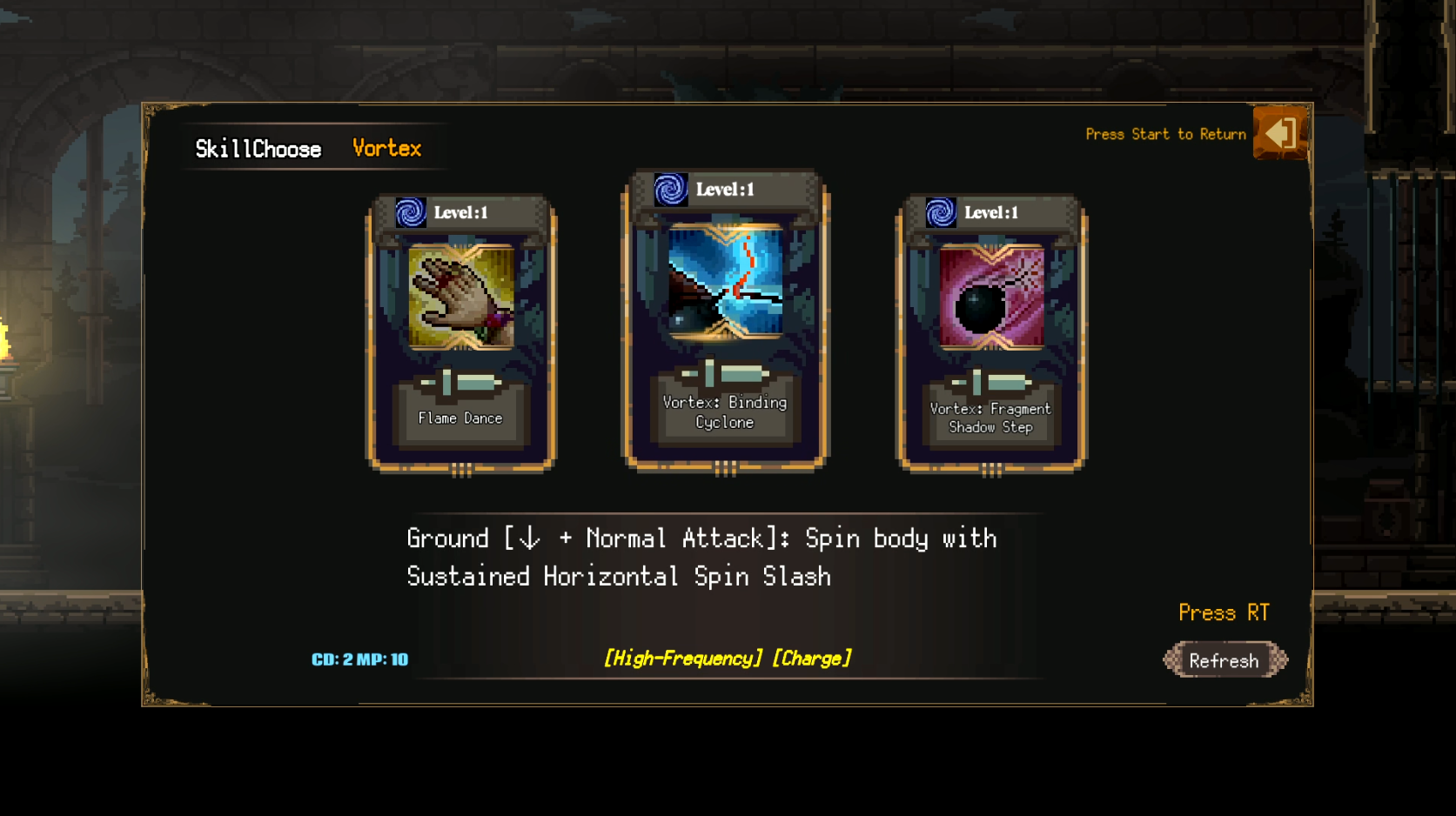
Boss Fights: Soulslike Challenge and Reward
Don’t let the early ease of minions fool you; boss fights are where Ruins of the Titan flexes its challenge. Each boss has a unique set of moves that require memorization and precise timing. Much like in Soulslike games, learning enemy patterns is essential. Lose, and you'll start over from zero.
In one particular encounter, I spent several attempts trying to read attack animations and dodge just right. When I finally landed that last hit, it felt earned, not given. That’s the kind of satisfaction only well-designed bosses can deliver.
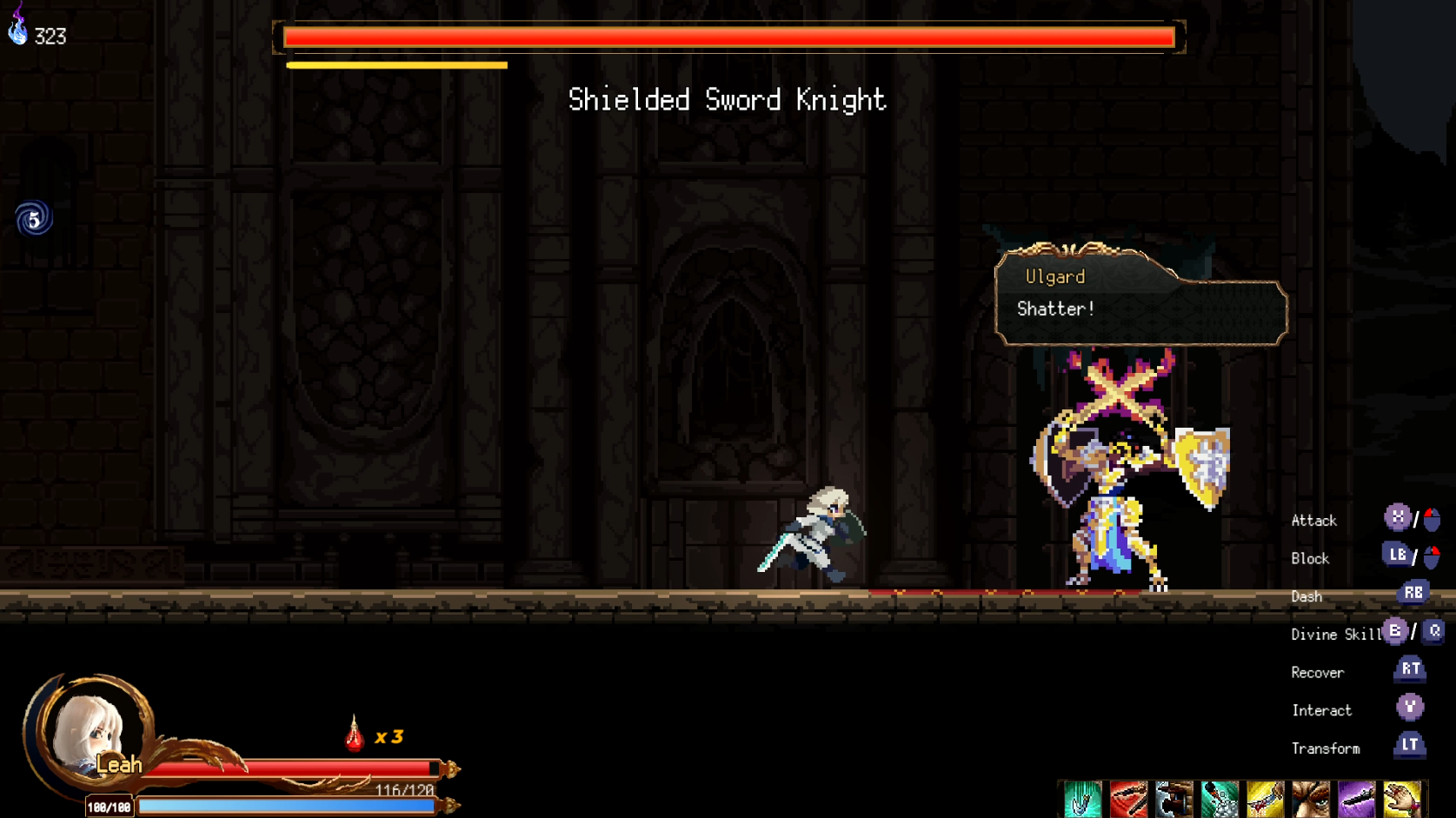
Graphics and Presentation
While the art style leans toward 2D pixel aesthetics, it’s done with a level of polish that feels modern. Backgrounds have depth and movement, giving environments a living quality. The lighting and particle effects especially stand out during combat sequences, making every skill use pop off the screen.
The soundtrack, meanwhile, keeps you engaged without becoming repetitive, ambient exploration themes shift smoothly into intense battle tracks when enemies appear.
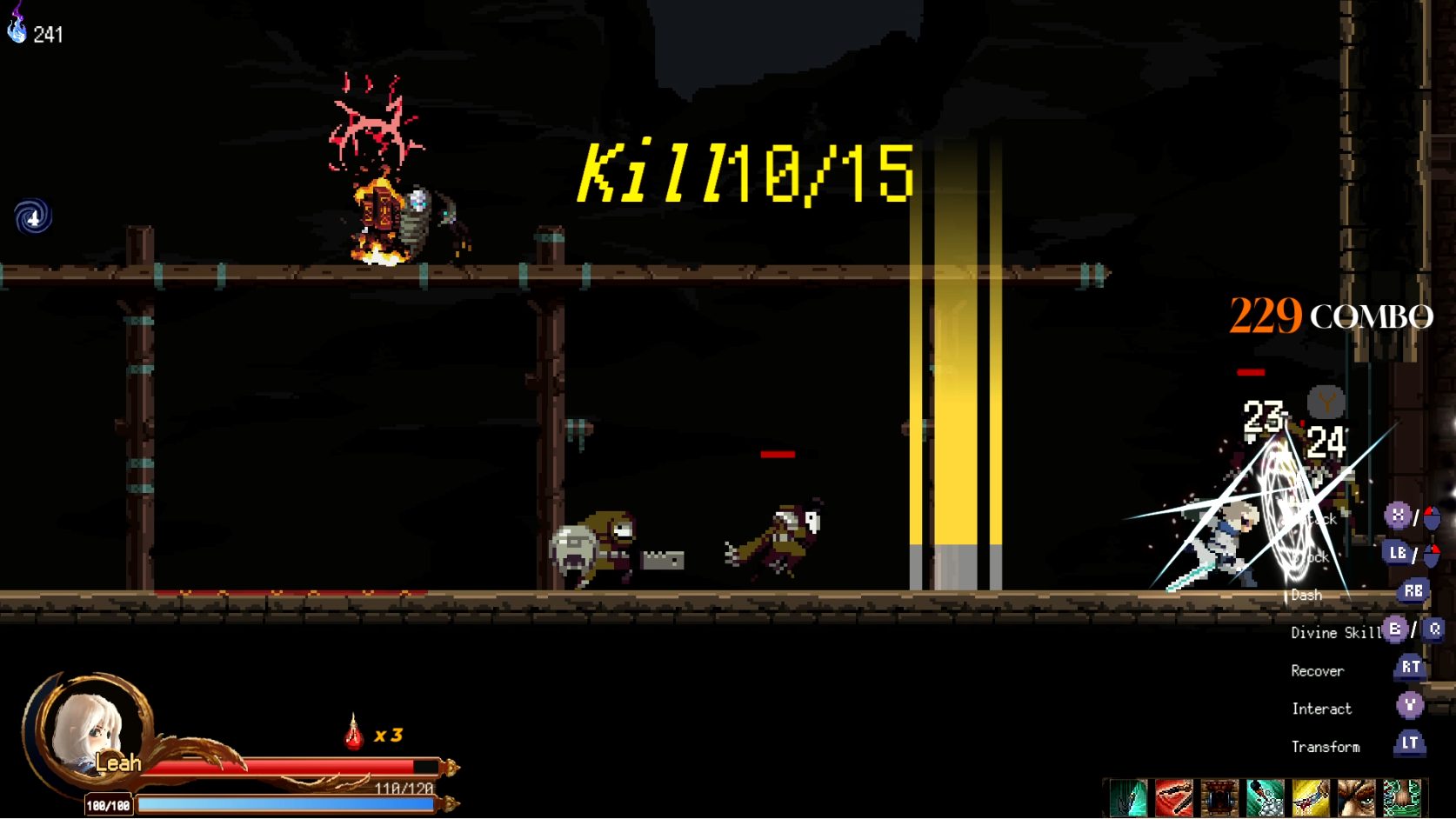
Early Verdict: Is Ruins of the Titan Worth Watching?
After several hours in the playtest, here’s what stood out:
- ✅ Tight, responsive combat (especially on controller)
- ✅ Skill system encourages experimentation
- ✅ Rewarding boss fights that test mastery
- ✅ Gorgeous pixel-art visuals and smooth animations
- ❌ Keyboard controls feel less intuitive
- ❌ Limited skill slots might frustrate some players
- ❌ A few rooms felt repetitive during enemy waves
Despite those minor gripes, Ruins of the Titan already shows impressive potential. If Titan Game Studio can build on this foundation; adding more enemy variety, refining difficulty curves, and expanding exploration, it could easily stand alongside modern Metroidvania greats.

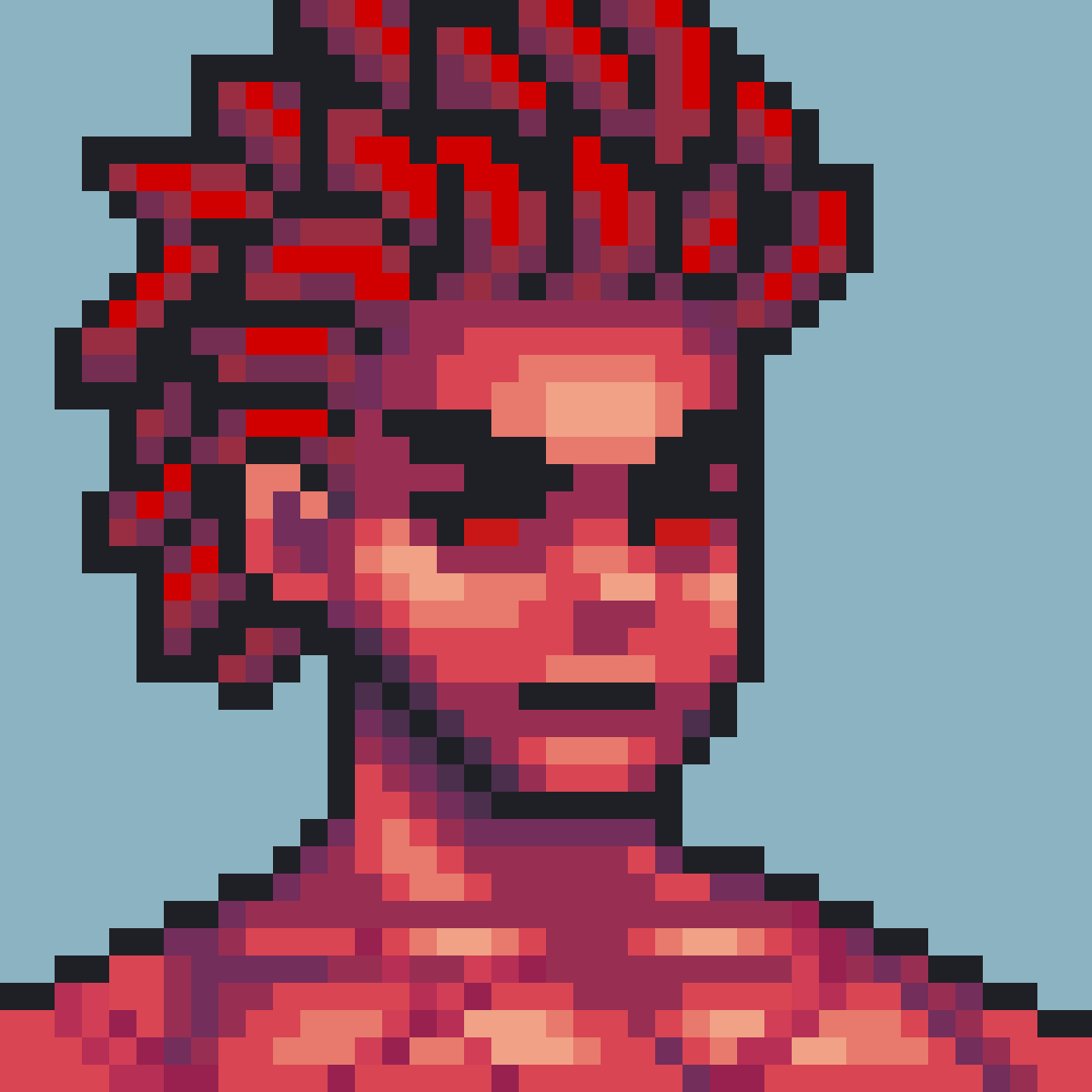
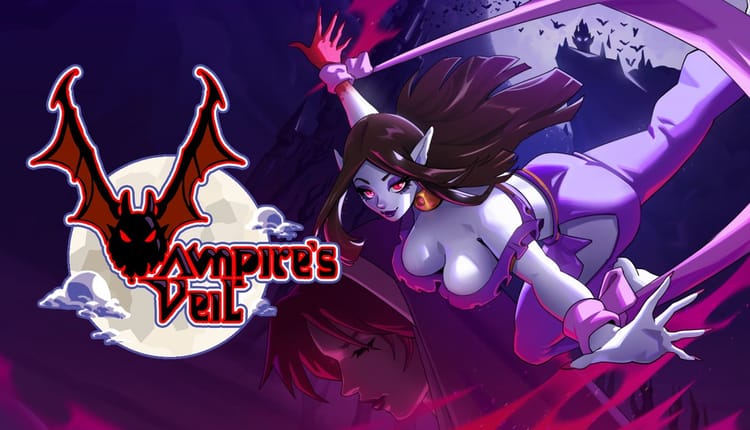

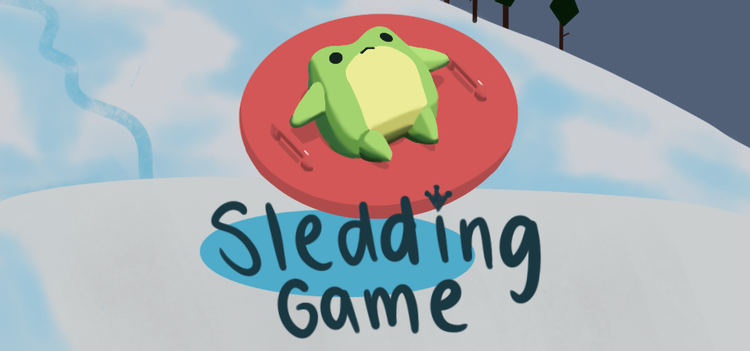
Comments ()